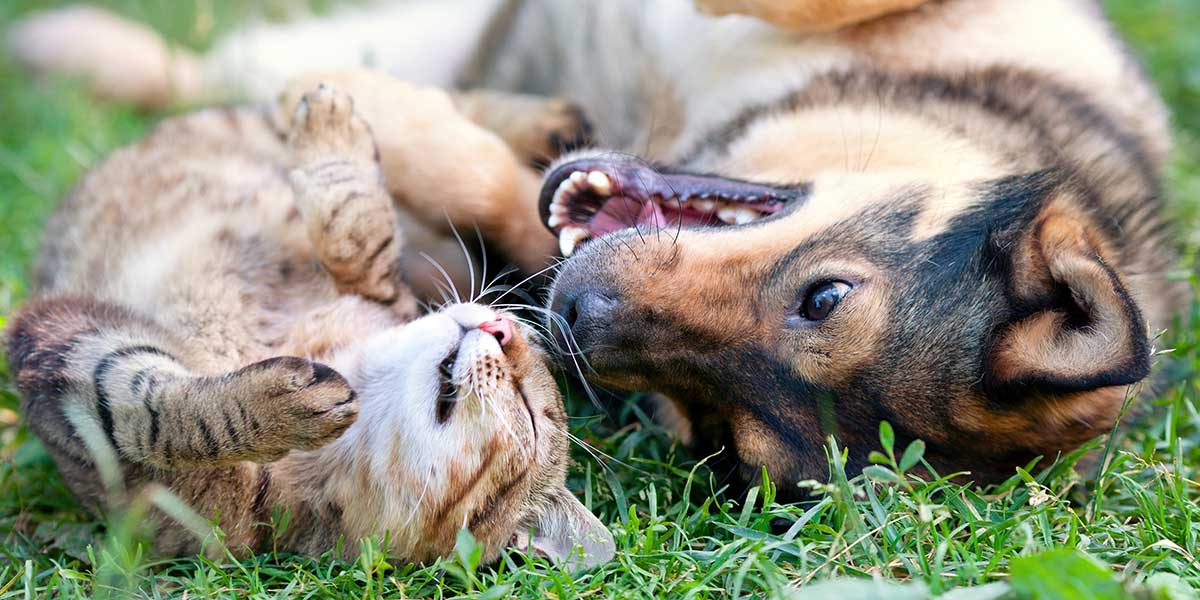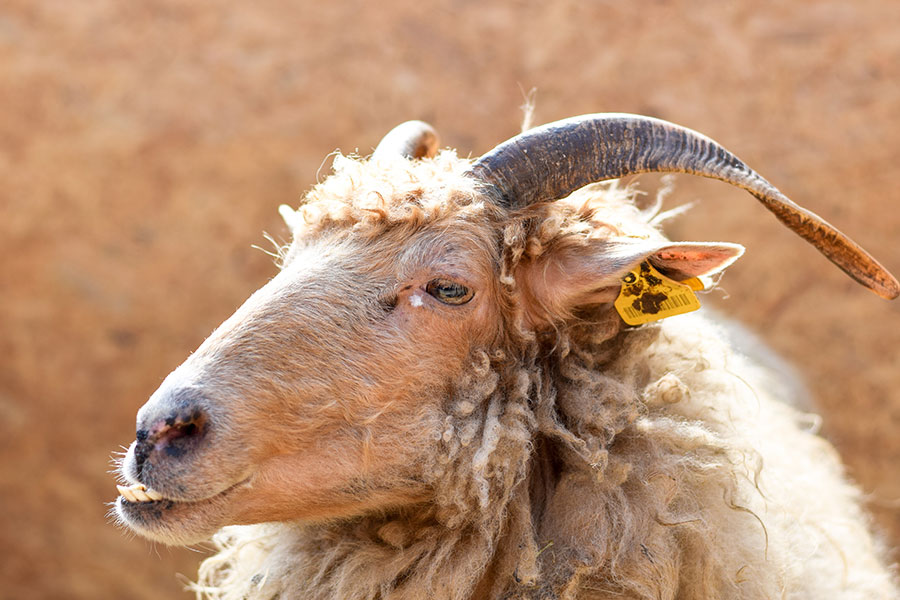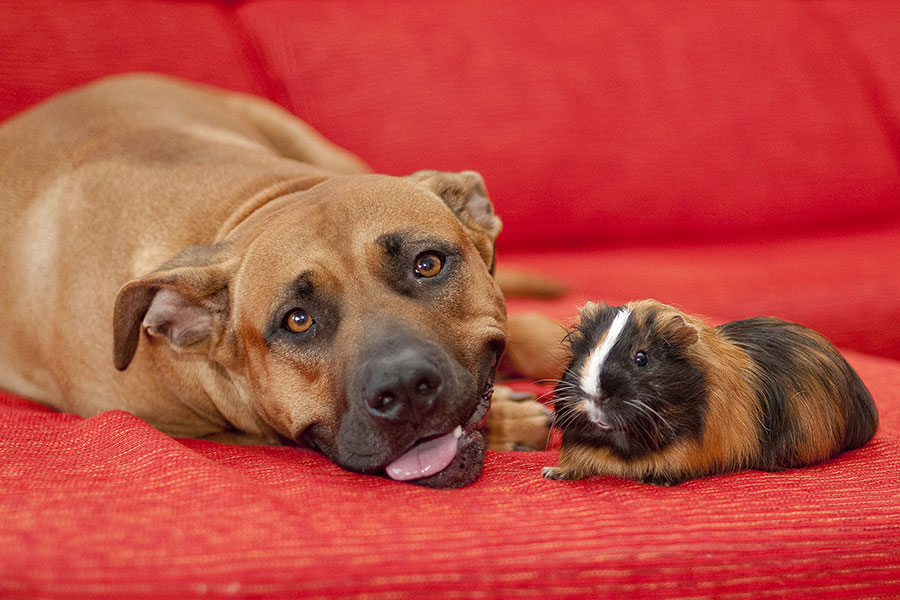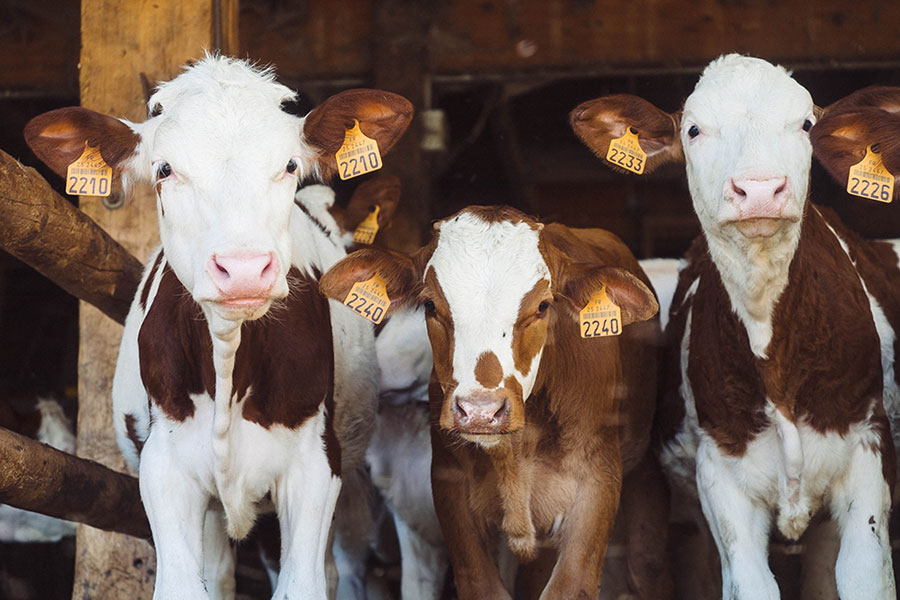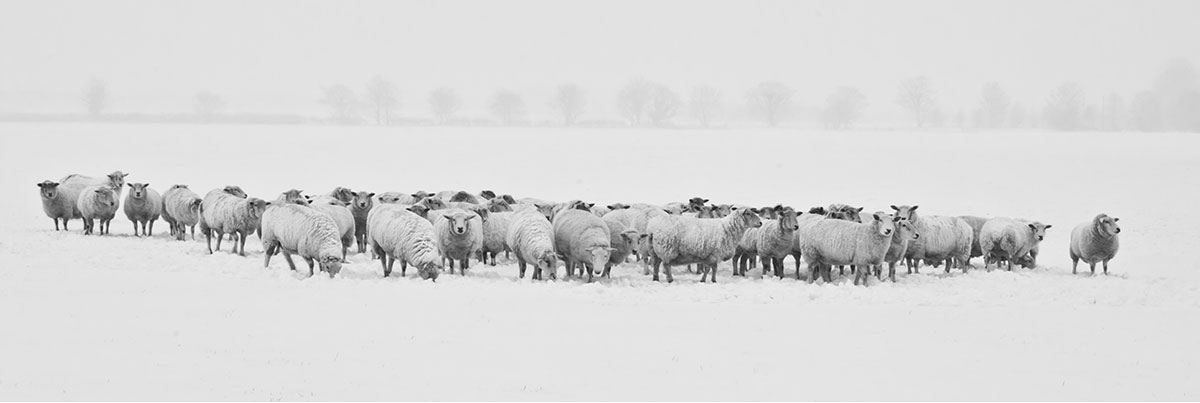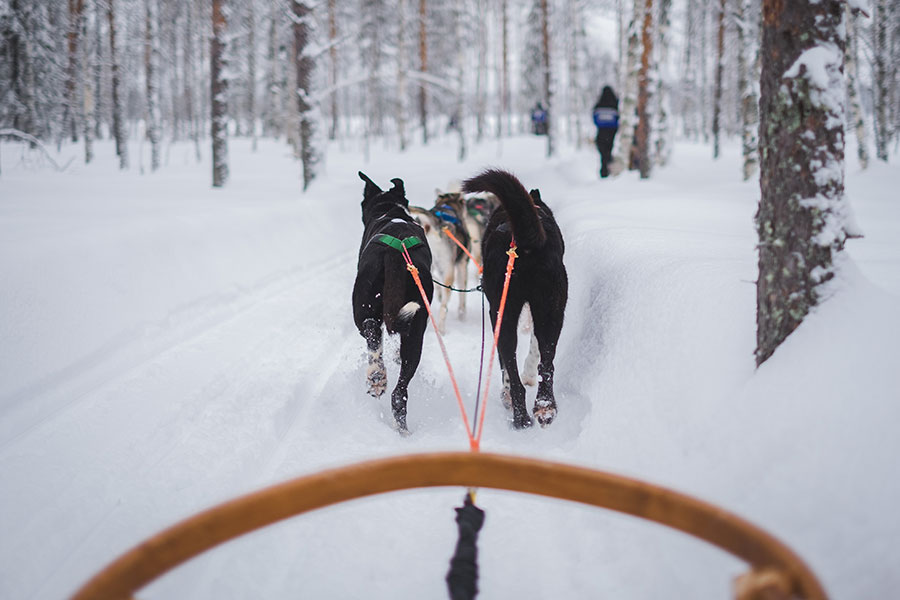I’d always loved goats—every one
of them different from every other one,
and all of them goofy and playful.
— Steve Watkins, What Comes After
So you’ve finally resolved to make the leap: whether for their milk, or fiber, or simple companionship, you’ve decided to add some goats to your family menagerie. In preparation, you have…
- Read everything you can get your hands on about the care and feeding of goats;
- Set aside a chuck of land big enough to accommodate your new goat friends;
- Enclosed it with a fence tall and strong enough to hold them (remember, goats are curious and love to climb things, or else eat through them);
- Built a small barn or other roofed enclosure to house them in inclement weather (goats hate to get wet);
- Invested in stainless steel buckets and a milking bench (if delving into the goat milk and cheese business is your plan), and created a sanitary environment for serious dairy production; and
- Picked out the breed and gender of goats you want to keep and brought them to their new home.
Now all that’s left is to choose names for your goats (and get them imprinted on durable Ketchum goat ear tags). Coming up with suitable names may be the hardest part of all—but also the most fun. Continue reading “The Naming of Goats”
